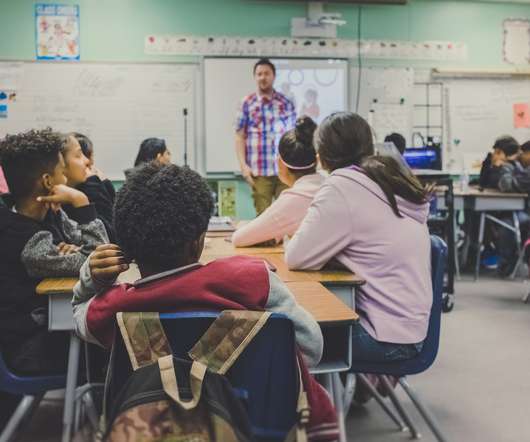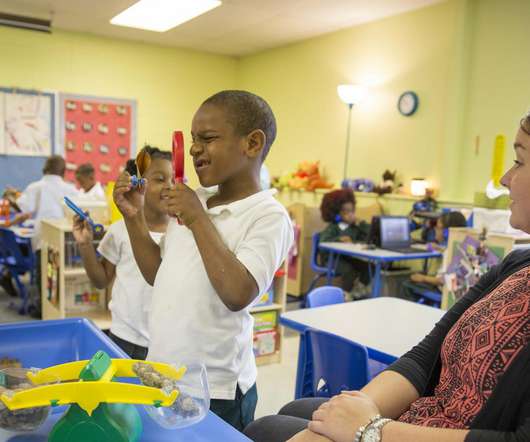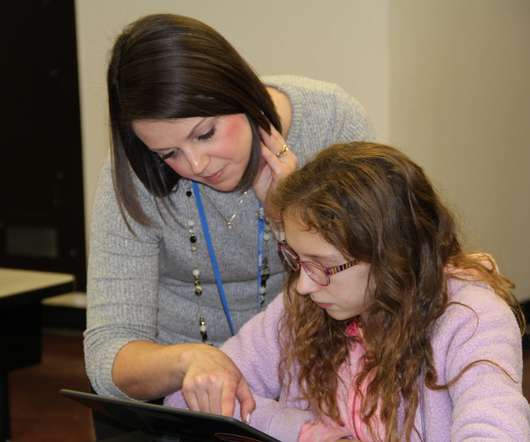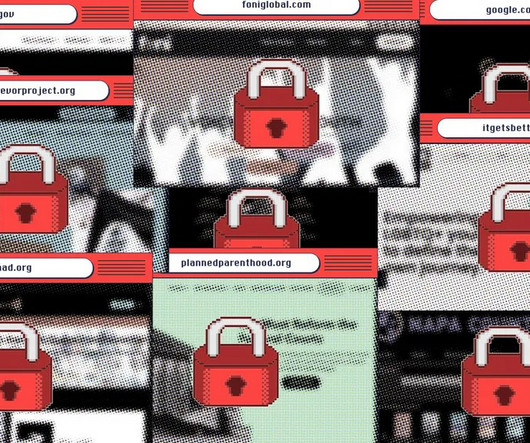Beyond English: Why Writing Belongs in Every Classroom
Catlin Tucker
DECEMBER 17, 2023
Writing to Learn: How Writing Positively Impacts Learning & Academic Success The National Assessment of Educational Progress (NAEP) states that writing is “ one of the most important skills that students acquire and develop during K-12 schooling. Writing improves reading skills (Graham & Herbert, 2010; Shanahan, 2016).
























Let's personalize your content